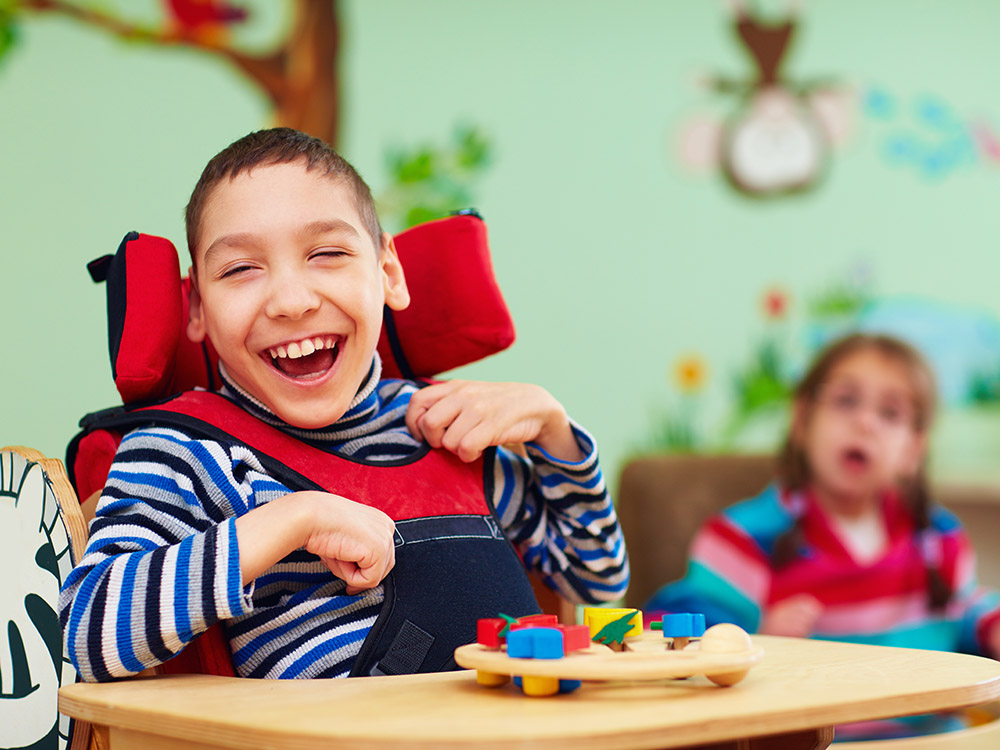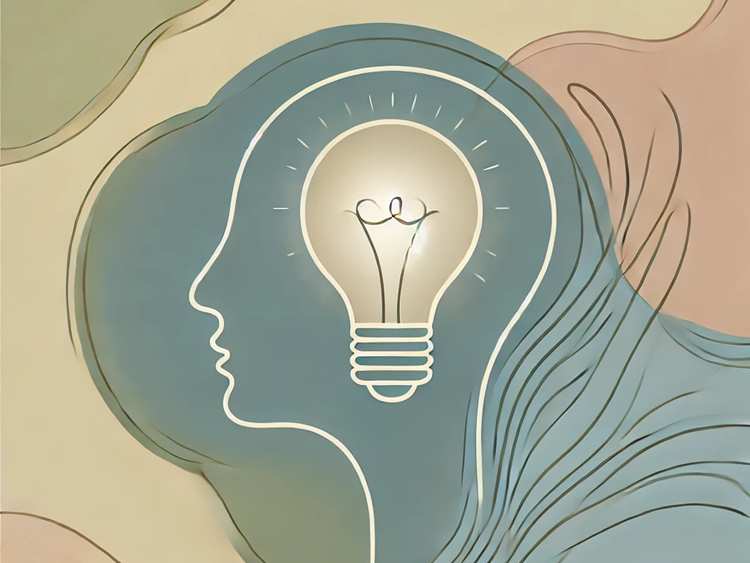Cerebral Palsy (CP)

Overview
Cerebral palsy (CP) is a group of permanent movement disorders that appear in early childhood. It is caused by abnormal development or damage to the parts of the brain that control movement, balance, and posture. The term "cerebral" refers to the brain, and "palsy" refers to a disorder of movement or posture. Individuals with cerebral palsy may experience challenges in muscle coordination and control, leading to difficulties in activities such as walking, eating, and speaking.
Symptoms
The symptoms of cerebral palsy can vary widely from person to person, as it is a complex condition with different manifestations. Common symptoms include:
- Abnormal muscle tone: Some individuals may experience stiff or floppy muscles.
- Impaired coordination and balance: Difficulty in maintaining balance and coordinating movements.
- Motor skill problems: Challenges in fine and gross motor skills, affecting activities like grasping objects or walking.
- Spasticity: Increased muscle tone, leading to stiff and jerky movements.
- Speech and communication difficulties: Challenges in speaking or communicating effectively.
- Joint contractures: Muscles may become tight and cause joint deformities over time.
Causes
Cerebral palsy is caused by abnormal brain development or damage to the developing brain, typically occurring before, during, or shortly after birth. The specific causes can include:
- Brain damage during pregnancy: Infections, maternal health issues, or genetic factors may contribute.
- Birth complications: Oxygen deprivation during labor and delivery can lead to brain damage.
- Genetic factors: Some cases have a genetic component, but it is not always directly inherited.
- Brain infections or injuries in early childhood: Infections like meningitis or head injuries can contribute to cerebral palsy.
- Low birth weight: Premature infants or those with low birth weight may be at higher risk.
Types
There are several types of cerebral palsy, classified based on the predominant movement disorders and affected areas. Common types include:
- Spastic cerebral palsy: Characterized by increased muscle tone, resulting in stiff and jerky movements.
- Athetoid or dyskinetic cerebral palsy: Involves involuntary and uncontrolled movements, often affecting the face and trunk.
- Ataxic cerebral palsy: Impacts balance and coordination, causing shaky movements.
- Mixed cerebral palsy: Combination of spasticity, athetoid movements, and/or ataxia.
Diagnosis
Diagnosing cerebral palsy involves a comprehensive assessment of a child's development, medical history, and neurological examination. Diagnostic steps may include:
- Developmental assessment: Evaluating motor skills, cognitive development, and communication abilities.
- Neuroimaging: Techniques such as MRI or CT scans to identify brain abnormalities or damage.
- Electroencephalogram (EEG): Measuring electrical activity in the brain to identify seizure activity.
- Genetic testing: Identifying genetic factors that may contribute to cerebral palsy.
Treatment & Management
Cerebral palsy is a lifelong condition, and treatment focuses on managing symptoms, improving quality of life, and promoting independence. Treatment strategies may include:
- Physical therapy: Exercises and activities to enhance muscle strength, flexibility, and coordination.
- Occupational therapy: Helping individuals develop daily living skills and independence.
- Speech therapy: Addressing communication and swallowing difficulties.
- Medications: Managing spasticity or other symptoms with medications.
- Surgery: Correcting musculoskeletal issues, such as joint contractures or spasticity.
- Assistive devices: Using mobility aids, communication devices, or adaptive tools to improve functionality.
- Supportive care: Providing emotional and educational support for individuals and their families.


